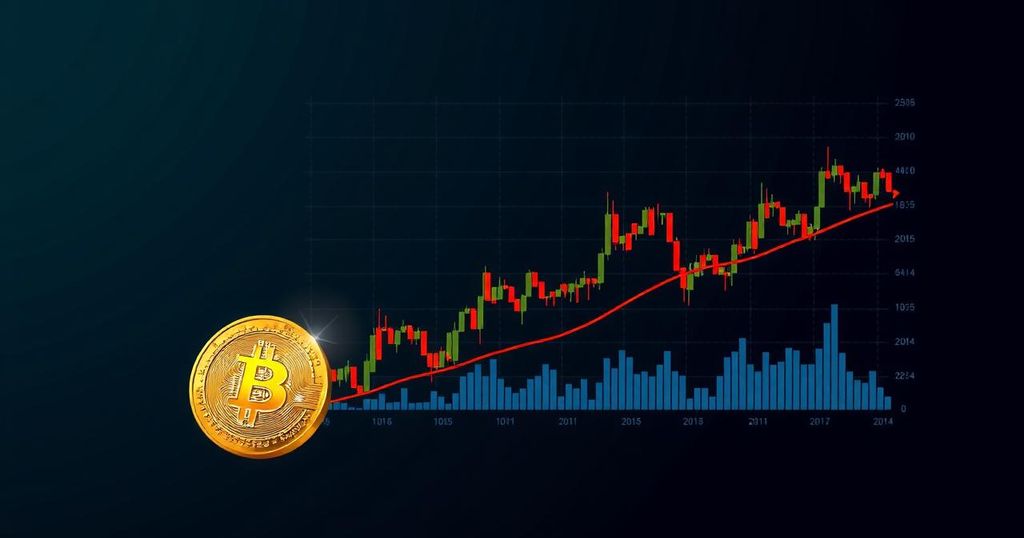Bitcoin’s September Hesitation: Analyzing Historical Trends and Future Predictions
As the month of September approaches, Bitcoin appears to face its historical challenges, often yielding negative returns for traders during this period. However, recent predictions indicate a potentially optimistic outlook, as forecasts suggest that Bitcoin might experience a price increase of 30% by October 1, 2024. This raises a critical question: will Bitcoin sustain this bullish trend, or might it experience another setback in the near future?
Currently, Bitcoin is grappling with the obstacle of the psychologically significant $60,000 mark. It encountered resistance at this level on August 27, triggering a swift 10% correction within two days, resulting in the liquidation of approximately $140 million in leveraged long positions. This recurring inability to surpass $60,000 has prompted speculation among traders regarding the underlying reasons for Bitcoin’s stagnation.
In contrast to this bearish sentiment, on-chain metrics present a more positive narrative. Data from Santiment disclosed that significant trading profits in the crypto sector reached $4.2 billion in August 2024. While substantial profit-taking occurred, it is noteworthy that transactions from large holders, defined as those exceeding $100,000, have decreased to their lowest rate in nearly four years. This suggests that major investors may be holding their assets, anticipating future price increases.
Furthermore, the supply of Bitcoin on exchanges has dropped to its lowest levels in several months. A decrease in exchange supply is typically interpreted as a bullish signal, indicating a lower propensity for holders to sell. Theoretically, this could lead to upward price pressure.
However, the landscape is complicated by recent performance of Bitcoin exchange-traded funds (ETFs). These financial instruments, which were expected to catalyze significant institutional investment, have instead displayed underwhelming outflows. Analysts caution that ETF outflows often serve as a lagging indicator, reflecting market sentiment post-major announcements. Yet, these developments contribute to the uncertainty about whether substantial institutional demand will emerge or dissipate.
The broader financial context also plays a critical role in Bitcoin’s current predicament. Traditional finance apprehensions, particularly regarding the dependence on technology firms, have significantly influenced Bitcoin’s rejection at the $61,000 level. The anticipation of a potential interest rate cut this September has compounded negative sentiment within the market.
Moreover, Bitcoin’s price fluctuations have closely mirrored those of the S&P 500 index, highlighting the increasingly intertwined relationship between cryptocurrency and traditional financial markets. This correlation suggests that Bitcoin’s future may be intricately linked to the overall economic climate, for better or worse.
As of the latest data, Bitcoin is trading at $57,515, reflecting a 1.5% decline in the past 24 hours, and a notable 10.3% decrease over the past week, according to information from Coingecko. Although on-chain indicators present some promise, the prevailing sentiment remains cautiously pessimistic. Projections from CoinCodex estimate a potential price increase of 40% by October; however, technical assessments indicate bearish trends, and the Fear & Greed Index currently reflects a state of fear, registering at 26.
In conclusion, while Bitcoin demonstrates certain positive indicators, the mixture of historical performance challenges, evolving financial market dynamics, and uncertainty over institutional investment presents a complex landscape for traders to navigate. The upcoming weeks will undoubtedly be pivotal in determining Bitcoin’s trajectory amidst these multifaceted influences.








Post Comment